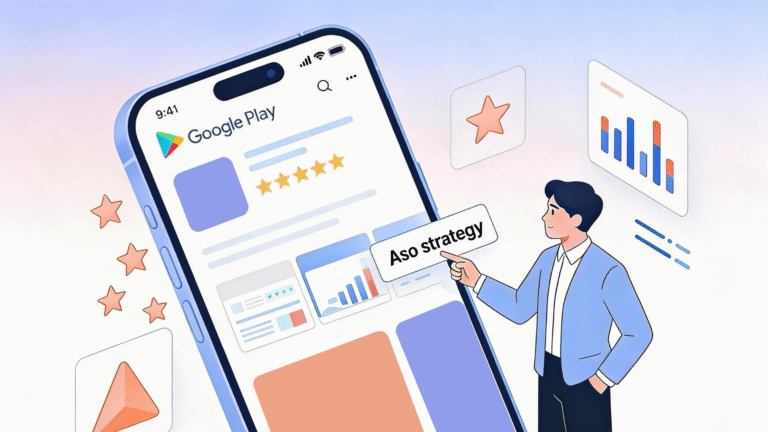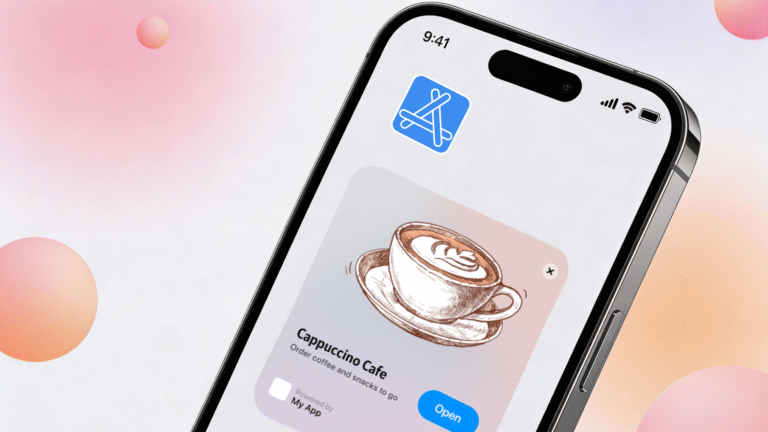An essential part of your marketing campaign’s success is the precise definition of the target audience. The difficulty lies in the fact that the mobile audience changes almost daily, and the number of internal requests and signals can be overwhelming. To build meaningful relationships with each customer, you need to master mobile user segmentation. It will help you use personal preferences, goals, and context to get potential customers most interested in your product.
Irrelevant ads, annoying notifications, and untimely offers can significantly ruin the user experience. In the end, people simply delete the app from their devices. That is why it is important not only to find your target audience but also to understand which subgroups it can be divided into to offer the most personalized experience. In this article, our experts will tell you how and why to segment the mobile audience, as well as describe typical groups and features of interaction with them.
Table of Contents
What Is Mobile User Segmentation?
Mobile app user segmentation is the process of dividing the target audience into subgroups based on common characteristics that affect their interaction with your product. That is, the entire audience might be interested in your product. However, if you dig deeper, it turns out that they are interested in different features. When developing an app’s marketing strategy, it is important to know how the division within your target group occurs to reach interested people.
What is a segmentation strategy? This strategy determines your action plan based on the found segments. For example, you can offer your product to only one narrow group of users, create different offers for different parts, or choose the largest category and work only with it. Each approach has its advantages but also comes with certain risks.
At first glance, the mobile user segmentation process is not complicated. However, in reality, it means a very deep analysis of your target audience. It is not enough to simply group some clients into the first group and others into the second. As a result of the analysis, you should get accurate data for various categories, from age and gender to interests and types of purchases.

Why Is Mobile User Segmentation Important?
No people in the world have absolutely identical sets of habits, tastes, behaviors, and so on. The same applies to the use of mobile apps. Segmenting your mobile audience helps you understand and use users’ features to your advantage. Here’s why you need a thorough app analysis:
- you better understand your users;
- it allows you to adapt to new trends more quickly;
- you can develop personalized campaigns that reach the right customers;
- segmentation helps to build more trusting relationships with users;
- you can identify “unsuitable” groups and exclude them from the advertising campaign;
- all this increases the effectiveness of your marketing efforts;
- the cost of attracting users is reduced;
- you can identify the categories with the greatest potential;
- it increases your competitiveness;
- knowing customers’ social and financial situation, you can optimize the pricing policy.
Mobile user segmentation is an essential step in developing a marketing strategy. You should understand what and how to offer your users to get the maximum benefit.
What Are the Types of App User Segmentation?
Each developer and publisher can determine the criteria for marketing audience segmentation on their own. Your goals, objectives, category or market features, and many other factors influence it. We will describe the most common types that are used in mobile development.
Demography
The category includes gender, age, marital status, having children, and so on. These criteria are the simplest and most obvious. They are fundamental for market intelligence tools of any kind. They determine exactly how you will advertise your app. Typically, groups created on a demographic basis are pretty extensive, so other criteria should definitely be added to them.
Geography
It includes country, state, city, district, population density, climate, etc. All this primarily determines the language and dialect in which you will communicate with your users. Moreover, you can customize geographic segmentation ads according to the unique characteristics of each region.
Location
It includes the location of users at a particular moment. The segments are built based on the GPS data of the devices. It allows you to understand the behavior of your customers better.
Psychography
It includes personal qualities, characters, values, etc. It might be tricky to accurately measure the groups created based on these criteria, so they should be combined with other more precise indicators. With their help, you can find the most loyal customers who should be given special attention and those who do not show commitment to your product.
Behavior
It includes actions (or inactions), spending habits, session frequency, search history, etc. This user segmentation model provides different methods for dealing with new, current, departed, active, and other users. Sometimes, this type is called “user status segmentation.”
Motivation
It includes reasons why people might be interested in using your product. By knowing what drives your users, you can create a need for your brand and app through ads.
Technology
It includes platforms, models, brands of portable devices, and so on. Technographic segmentation allows you, for example, to determine the conversion rate in installs (or other targeted action) for different groups and understand which difficulties each of them faces. In many ways, platforms and related factors determine the characteristics of customer behavior. You can read more about it in the article “Android vs. iOS User Behavior.”
Based on the above criteria, you can create homogeneous groups in which users have similar habits, geographic locations, cultural values, and so on.
How to Segment App Users?
Mobile user segmentation best practices involve dividing the entire process into several key steps:
- Collection of information. Gather the most extensive database of your customers. You need to know where they are, what their needs are, how they use services similar to yours, how your product can improve their lives, and so on. To do it, you can use Google data, third-party market research, app download analytics you have, competitor data, and more.
- Choice of criteria. As we have said, there is no single list; it all depends on your goals and product features. Demographics of mobile app users and geography are the most commonly used; the rest is up to you.
- Segmentation. Based on the collected information and the selected criteria, you should form groups into which users with similar characteristics will fall. Such segments should be more or less homogeneous, stable (keep their composition for some time), and accessible to you.
Note:
Do not divide the target audience into too narrow groups. You won’t manage to use it effectively in your marketing. Ideally, one segment can be described with three adjectives. - Strategy formation. Assess the potential of each segment (profitability, competition, audience size, etc.) and pick the few most promising for your business.
- Fine-tuning. Test and validate the results of your chosen mobile user segmentation and optimize your strategy if things don’t work out the way you planned. Work on mobile audience targeting should be continuous. You can change and adjust segments depending on your updated goals and current trends.
All these stages and testing aim to understand how to app redesign UX and UI and prepare the final version that can be rolled out for common use.
How to Communicate With Different User Segments?
During the target audience analysis and the selection of segments, you should determine which communication channels are more in demand among certain consumers. You can focus your marketing activity on social networks, forums, and instant messengers.
However, the best option is your app itself. Instead of using third-party resources, you can create in-app stories to reach out to your target group. With the help of such a tool and notifications, you can increase customer engagement.
This format of personalized offers will allow you to convey your message to the right category of users. You should not limit yourself to only one communication channel; use an integrated approach that involves all popular resources. Read more about it in our post “How to Promote Apps on Social Media.”
Increase User Engagement With Clever App User Segmentation
Segmenting your customer base is important in developing an effective marketing strategy. It helps boost your profitability, save money and time, and increase mobile app engagement. Collecting data about your target audience according to the selected criteria allows you to identify the most promising groups and build personalized communication with them. So you can make offers to really interested users.
User segments can be created based on demographic, geographic, cultural, motivational, technological, and other criteria. You should choose these criteria yourself because audience characteristics can greatly vary for different mobile games and apps. Although there might be many groups, in the end, it is better to choose a few of the most promising ones so as not to scatter your resources.
When collecting information about your consumers, always keep in mind the need for data protection, the importance of using trusted intermediaries, and compliance with international security standards (such as the General Data Protection Regulation). All data should be anonymous, and exact details can only be taken after the clients’ consent.




